[글로벌전략] 자라 Zara 패스트 패션(fast fashion)(영문)
 등록일 / 수정일
등록일 / 수정일 페이지 / 형식
페이지 / 형식 자료평가
자료평가 구매가격
구매가격
- 2009.07.23 / 2019.12.24
- 16페이지 /
 doc (MS워드 2003이하)
doc (MS워드 2003이하) - 평가한 분이 없습니다. (구매금액의 3%지급)
- 1,400원
최대 20페이지까지 미리보기 서비스를 제공합니다.
자료평가하면 구매금액의 3%지급!
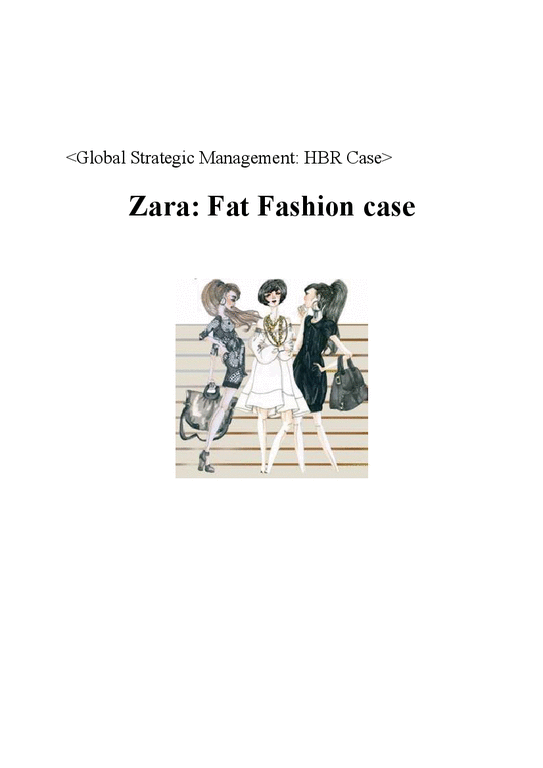 1
1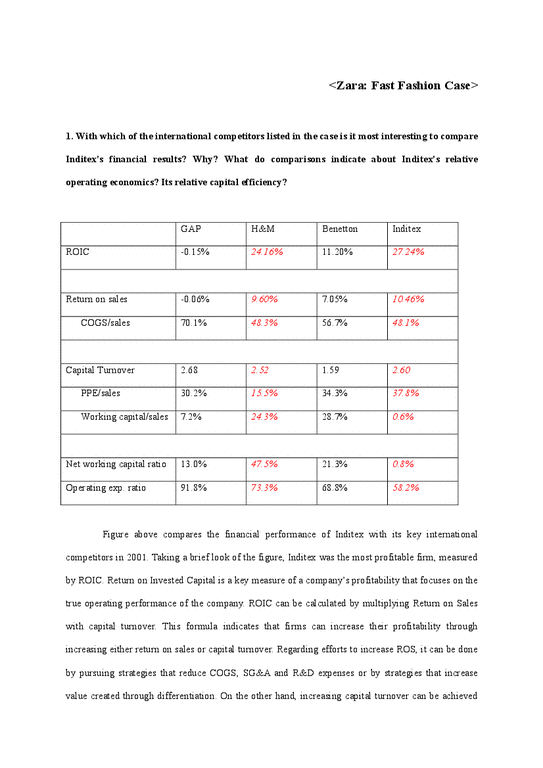 2
2 3
3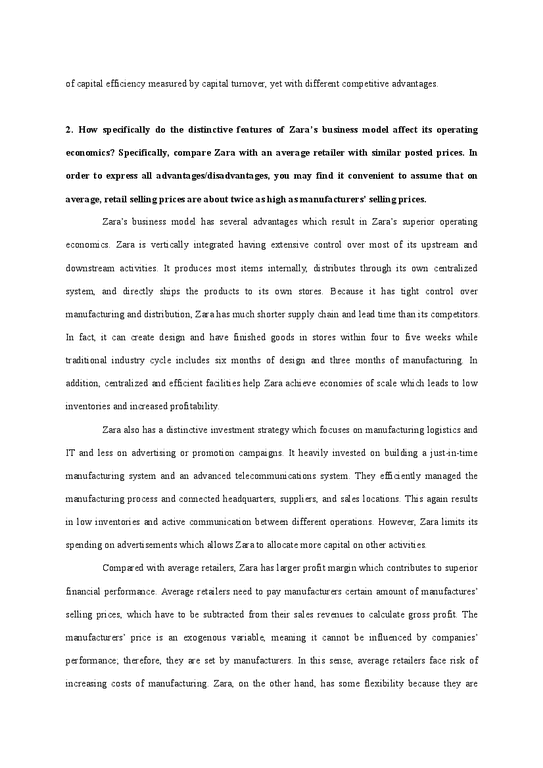 4
4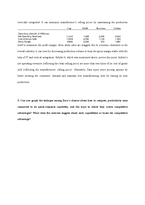 5
5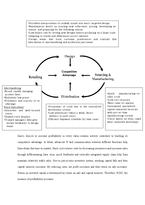 6
6 7
7 8
8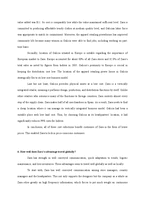 9
9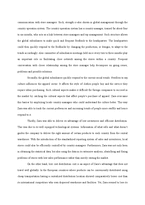 10
10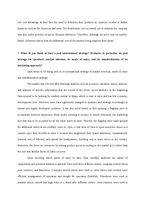 11
11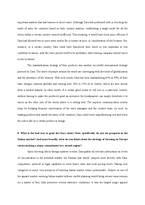 12
12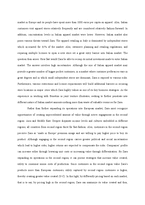 13
13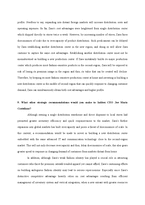 14
14 15
15 16
16
추천 연관자료
- 목차
-
<Zara: Fast Fashion Case>
1. With which of the international competitors listed in the case is it most interesting to compare Inditex’s financial results? Why? What do comparisons indicate about Inditex’s relative operating economics? Its relative capital efficiency?
2. How specifically do the distinctive features of Zara’s business model affect its operating economics? Specifically, compare Zara with an average retailer with similar posted prices. In order to express all advantages/disadvantages, you may find it convenient to assume that on average, retail selling prices are about twice as high as manufacturers’ selling prices.
3. Can you graph the linkages among Zara’s choices about how to compete, particularly ones connected to its quick-response capability, and the ways in which they create competitive advantages? What does the exercise suggest about such capabilities as bases for competitive advantage?
4. Why might Zara “fail”? How sustainable would you calibrate competitive advantage as being relative to the kinds of advantages typically pursued by other apparel retailers?
5. Was Galicia/Spain fertile ground for the emergence of an apparel retailing powerhouse?
6. How well does Zara’s advantage travel globally?
7. What di you think of Zara’s past international strategy? Evaluate, in particylar, its past strategy for (product) market selection, its mode of entry, and its standardization of its marketing approach?
8. What is the best way to grow the Zara chain? How, specifically, do you see prospects in the Italian market? And more broadly, what do you think about the strategy of focusing on Europe versus making a major commitment to a second region?
9. What other strategic recommendations would you make to Inditex CEO Joe Maria Castellano?
- 본문내용
-
<Zara: Fast Fashion Case>
1. With which of the international competitors listed in the case is it most interesting to compare Inditex’s financial results? Why? What do comparisons indicate about Inditex’s relative operating economics? Its relative capital efficiency?
GAP H&M Benetton Inditex
ROIC -0.15% 24.16% 11.20% 27.24%
Return on sales -0.06% 9.60% 7.05% 10.46%
COGS/sales 70.1% 48.3% 56.7% 48.1%
Capital Turnover 2.68 2.52 1.59 2.60
PPE/sales 30.2% 15.5% 34.3% 37.8%
Working capital/sales 7.2% 24.3% 28.7% 0.6%
Net working capital ratio 13.0% 47.5% 21.3% 0.8%
Operating exp. ratio 91.8% 73.3% 68.8% 58.2%
Figure above compares the financial performance of Inditex with its key international competitors in 2001. Taking a brief look of the figure, Inditex was the most profitable firm, measured by ROIC. Return on Invested Capital is a key measure of a company’s profitability that focuses on the true operating performance of the company. ROIC can be calculated by multiplying Return on Sales with capital turnover. This formula indicates that firms can increase their profitability through increasing either return on sales or capital turnover. Regarding efforts to increase ROS, it can be done by pursuing strategies that reduce COGS, SG&A and R&D expenses or by strategies that increase value created through differentiation. On the other hand, increasing capital turnover can be achieved by pursuing strategies that reduce amount of capital necessary to generate every dollar of sale. As the above figure shows, Inditex was successful in achieving relatively higher level of ROS and capital turnover. That is to say, Inditex possesses relatively efficient operating economics measured by operating expense ratio and high capital efficiency by net working capital ratio.
Among three other competitors, the most interesting international competitor to compare the financial performance was H&M. ROIC for H&M and Inditex are similar, 24.16% and 27.27% accordingly. Differential of both ROS and capital turnover for two companies are minimal: for ROS, 9.60% and 10.46%; and for capital turnover, 2.52 and 2.60. However, two factors that highly influence level of capital turnover, PPE/sales and working capital/sales, greatly differ in numbers. Such dramatic difference can be attributed to disparate business strategies. In regards to operating economics of Inditex, its performance in operating efficiency was significant as measured by operating expense ratio (total operating expense/gross profit). Its operating expense ratio of 58.2% was significantly lower than that of Gap 91.8%, H&M 73.3% and 6806% in Benetton.
Although H&M position itself close to Zara in a product market positioning map (exhibit 5), it pursues a different business strategy. Rather than vertical integration pursued by Zara, H&M outsources all of its production and operates a single format which increases operating expenses. Such choice of outsourcing all production is reflected in a relatively low PPE to sales ratio of 15.5% which contributes to higher capital turnover, and thereby, higher ROIC. On the other hand, Inditex which sticks to vertical integration needs its own production plants and such need is reflected in the higher costs for physical assets: 37.8%. Higher level of PPE/sales ratio puts downward pressure on capital turnover, thus, ROIC, but thanks to active use of IT and just-in-time inventory system, Inditex has a distinctive competence in inventory management. Compared to other companies’ net working capital ratios of 13%(GAP), 47.5%(H&M), 21.3%(Benetton) which measure efficiency of inventory management, Inditex’s working capital ratio amounted to less than 1%, to 0.8%. Comparing with H&M’s lower PPE/sales and higher working capital/sales ratios, Inditex’s high PPE/sales ratio of 37.8% is offset by low working capital/sales ratio of 0.6%, thereby generating slightly higher but comparable capital turnover ratio and ROIC. In other words, Inditex and H&M possess similar level of capital efficiency measured by capital turnover, yet with different competitive advantages.
자료평가
-
아직 평가한 내용이 없습니다.
오늘 본 자료
더보기

최근 판매 자료
- [마케팅성공사례] `(주)두산 처음처럼` 마케팅 분석
- 산업심리학_워크넷에서 성인용 직업적성검사를 시행하고 그 결과를 요약한 후, 제 3자인 기업체 인사담당자의 입장에서 본인과 직무배치 상담을 하는 가상적인 시나리오를 작성해보자
- KT&G의 마케팅 전략분석, 생산과 물류 체계 분석, 조직 인사의 특징 및 재무 상태 분석
- TQM(전사적품질관리)의 기본원리와 사례
- 활속의화장품과향수_친환경 화장품과 유기농 화장품의 현재 동향 및 발전 방향 (1)
- 삼일회계법인 인사관리 현황과 문제점 및 개선방안
- CLO의 코칭 레포트
- [호텔경영] 신라&메리어트 호텔의 조직 구성도
- [인적자원관리] 삼성전자의 인사관리와 개선방안
- 분석심리학의 창시자 융의 일대기 융 생애 융 일화 융 중요 이론 융 주요 이론 융 저서 융 영향 융 공헌 융 업적 융 소개 융 조사 융 분석 융 개요 융 고찰 융 소고 융 피피티 융 ppt
저작권 관련 사항 정보 및 게시물 내용의 진실성에 대하여 레포트샵은 보증하지 아니하며, 해당 정보 및 게시물의 저작권과 기타 법적 책임은 자료 등록자에게 있습니다. 위 정보 및 게시물 내용의 불법적 이용, 무단 전재·배포는 금지됩니다. 저작권침해, 명예훼손 등 분쟁요소 발견시 고객센터에 신고해 주시기 바랍니다.









